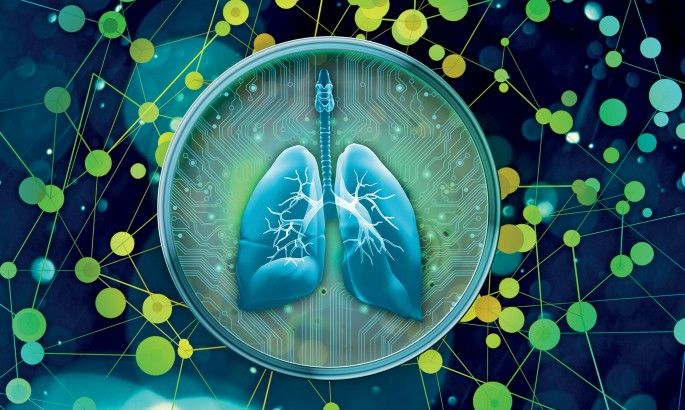The Future of Organ Transplantation: Exploring the Promise of Synthetic Organs

About Course
Imagine a world where no one dies waiting for an organ transplant—a world where organs can be engineered in laboratories and customized for individual patients. This course opens the door to that future. As the global demand for organ transplants continues to far exceed supply, science is racing toward a breakthrough: synthetic organs. In this eye-opening course, students will explore the cutting-edge innovations transforming modern medicine through synthetic biology, bioengineering, and regenerative medicine.
We’ll examine the technology behind creating synthetic organs, understand their potential to solve long-standing issues with organ donation, and grapple with the ethical questions they raise. Through case studies, real-world applications, and visionary projections, students will gain insight into how synthetic organs might soon revolutionize healthcare. Whether you are a budding medical professional, a tech enthusiast, or a curious mind interested in bioinnovation, this course will challenge your perspective and inspire your imagination.
Course Content
Introduction
Limitations of traditional organ donation
00:00Brief history of organ transplantation
00:00Explanation of the purpose of the ebook
00:00